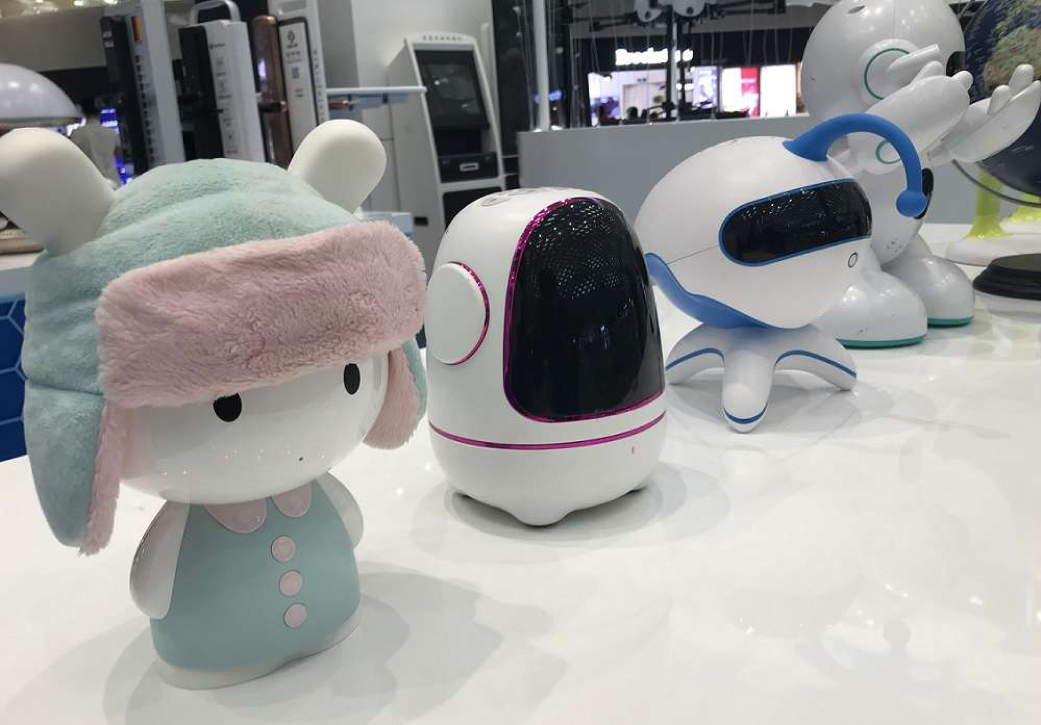Why Are Smart Toys Useful to Toddlers?
The global industry for smart toys is bursting at the seams with new toys that are displacing traditional ones. By 2026, the global smart toy industry is anticipated to rise to around US$ 69,932.5 million. The internet, technological awareness, and parents’ deliberate efforts to nurture creative, quick-witted, and tech-savvy children all play a role. Furthermore, the period of focused play with the same books and toys is dwindling – youngsters are becoming dissatisfied with typical entertainment and are increasingly requesting new toys.
Who thought that this Sensory/Audio-visual play will take over control in the 21st century.
Talking toys provide a unique form of enjoyment by including a greater understanding — hearing, facilitating new forms of communication, and broadening children’s creativity. As a result, talking toys are the Tamagotchi and Furbies of the modern era, encouraging children to interact with them. So, now that there’s a robot in a game, we’re wondering how safe it is. How helpful is it? What effect does it have on a child’s mental health and social skills?
Exactly, what is a smart toy?
A smart toy is an activity with artificial intelligence that has its mind. That is, it can respond to stimuli, learn from encounters, and choose how it interacts with the user based on pre-programmed patterns. Voice recognition is used by some, touch sensors are used by others, and applications are used by others to connect with users.
The intelligence of the first smart toys was supported by onboard electronics, and generations of children have enjoyed devices. Thanks to speech detection, natural language, and natural language understanding, today’s smart toys are taking children’s fun and education to new heights. Today’s smart toys entice with their unique characteristics and humanlike reactions. Furthermore, built-in censors provide spatial awareness, making these toys appear extremely intelligent.
Pros of Smart Toys
1) Interpersonal talents
When youngsters engage with interactive toys, they improve their vision and reasoning skills, as well as their ability to construct a stream of thought while conversing. Toy games with embedded cognitive processes help children develop their ability to think independently. But the most essential thing is that children learn proper social interaction, how to distinguish between good and negative attitudes, and how to recognize sensations and emotions.
2) Creativity
When it comes to children’s games, imagination is crucial. While playing, every child creates an entirely different world around their toy. So, if the game can assist them in furthering the evolution of this world, as well as promote curiosity and exploration, it will become quite valuable.
3) Learning
Education is the primary goal of smart toys. There are a variety of games for people of all ages. What’s more significant, is that interacting with smart toys exposes kids to the virtual environment. Our electronic environment is becoming increasingly connected as time passes. This is an important step for children, but the sooner they interact with computers, the better their skills become.
4) Producer accountability
As AI toys become more popular, it is evident that legislators and manufacturers must collaborate on technology aimed at children to ensure that it is fully safe. Toys should be kind and sensitive, and robots’ characters should always be obvious and intelligible. These toys must never be made to fool children. The major purpose is to broaden the horizons of children, as well as to educate and entertain them.
Conclusion
Sensory toys and gadgets have a variety of benefits, including stimulating touch, enhancing concentration, lowering anxiety, strengthening fine motor abilities, and encouraging linguistic skills. A smart toy is an activity with artificial intelligence that has its mind. That is, it can respond to stimuli, learn from encounters, and choose how it interacts with the user based on pre-programmed patterns.



